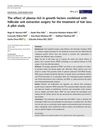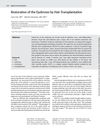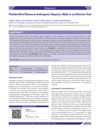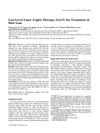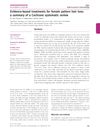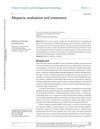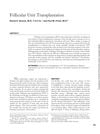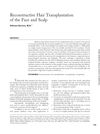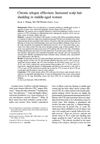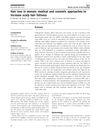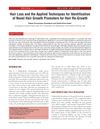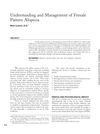Hair Loss: A Clinical Update
November 2019
in “
Journal of Aesthetic Nursing
”
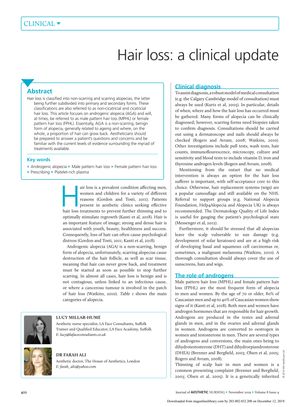
TLDR The article concludes that a thorough diagnosis and treatment plan, including medications, non-invasive methods, or surgery, is important for managing hair loss, with a combination of minoxidil and finasteride being particularly effective.
The November 2019 article provided an update on hair loss, particularly androgenic alopecia (AGA), detailing the importance of thorough clinical diagnosis and the psychological impact of hair loss. It noted that up to 80% of Caucasian men and 40% of Caucasian women may show signs of AGA by age 70. Various treatments were discussed, including platelet-rich plasma (PRP), ACell, laser devices, and camouflage techniques, with a holistic approach recommended. For younger patients, medications and non-invasive methods were suggested, while surgery could be an option for older patients. The article also reviewed the efficacy of minoxidil and finasteride, with minoxidil taking 3-4 months to show effects and finasteride showing results in 3-6 months. Combination therapy with these two drugs was found to be more effective than either alone. Dutasteride was mentioned as an alternative after finasteride failure, though its FDA approval for AGA was halted due to side effects. Hair transplants were recommended for stable male AGA, with FUT and FUE as the main types. The article also touched on non-prescription and non-surgical options, but indicated that evidence for their effectiveness was low-quality. It emphasized the chronic nature of alopecia and the importance of healthcare professionals discussing all treatment options with patients.

